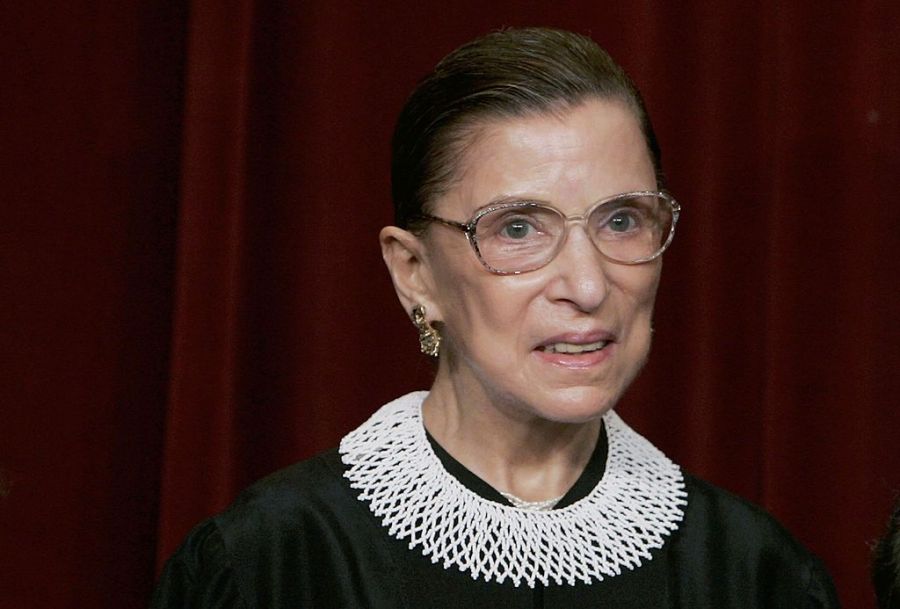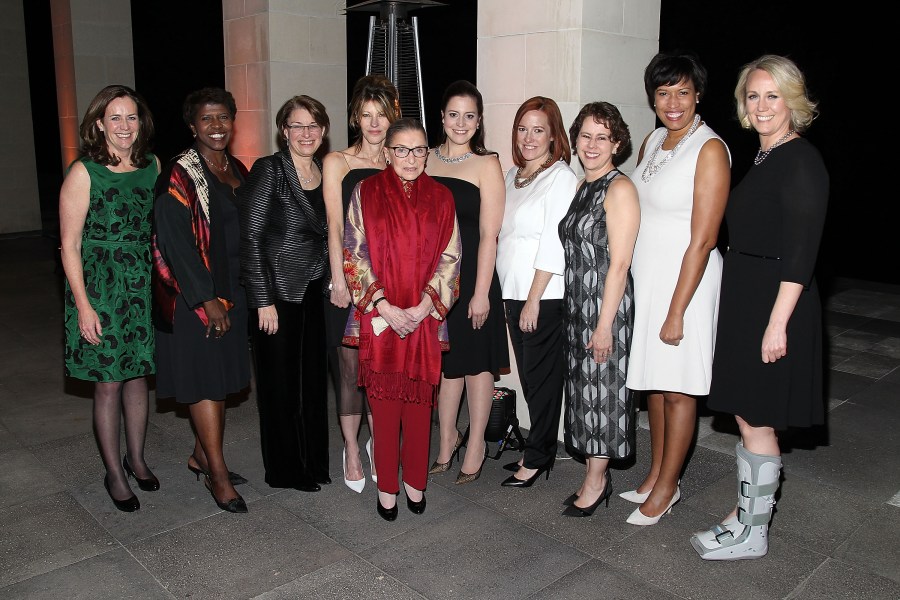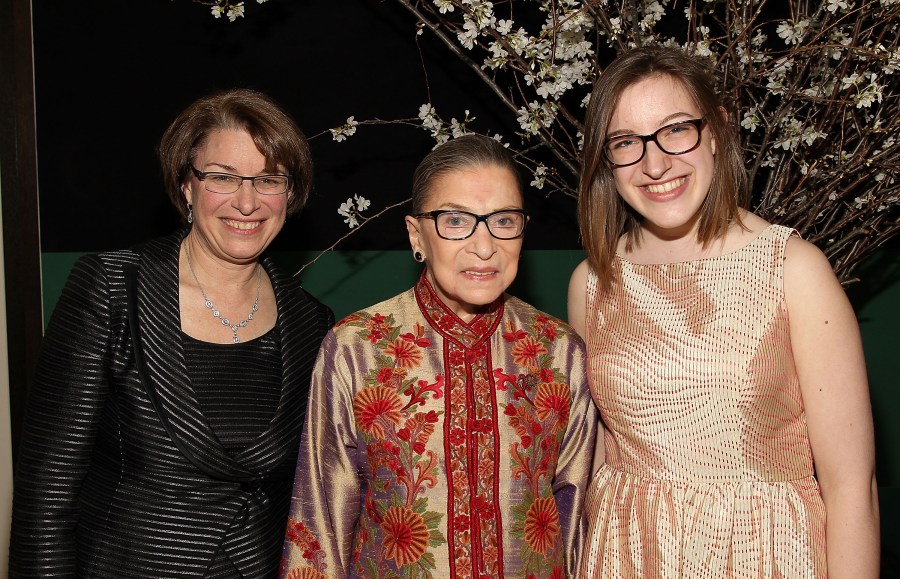Justice Ruth Bader Ginsburg has died at age 87
WASHINGTON (NewsNation Now) — Justice Ruth Bader Ginsburg, a champion of women’s rights and the second women to serve on the Supreme Court, died at age 87, the Supreme Court said Friday.
Ginsburg died of complications from metastatic pancreatic cancer, the court said. She announced in July that she was undergoing chemotherapy treatment for lesions on her liver, the latest of her several battles with cancer.
Ginsburg spent her final years on the bench as the unquestioned leader of the court’s liberal wing and became something of a rock star to her admirers. Women especially seemed to embrace the court’s grandmother, affectionately calling her the Notorious RBG, for her defense of the rights of women and minorities, and the strength and resilience she displayed in the face of personal loss and health crises.
Ginsburg was born in Brooklyn, New York in March 1933. She married Martin D. Ginsburg in 1954. Ginsburg graduated at the top of her Columbia University law school class in 1959 but could not find a law firm willing to hire her. She had “three strikes against her” — for being Jewish, female and a mother, as she put it in 2007.
Ginsburg was appointed to the Supreme Court by President Bill Clinton and she was confirmed to the Supreme Court in 1993.
She argued six key cases before the court in the 1970s when she was an architect of the women’s rights movement. She won five.
“Ruth Bader Ginsburg does not need a seat on the Supreme Court to earn her place in the American history books,” Clinton said at the time of her appointment. “She has already done that.”
On the court, where she was known as a efficient writer, one of her most significant majority opinions were the 1996 ruling that ordered the Virginia Military Institute to accept women or give up its state funding, and the 2015 decision that upheld independent commissions some states use to draw congressional districts.
Ginsburg authored powerful dissents of her own in cases involving abortion, voting rights and pay discrimination against women. She said some were aimed at swaying the opinions of her fellow judges while others were “an appeal to the intelligence of another day” in the hopes that they would provide guidance to future courts.
“Hope springs eternal,” she said in 2007, “and when I am writing a dissent, I’m always hoping for that fifth or sixth vote — even though I’m disappointed more often than not.”
She made few concessions to age and recurrent health problems, working regularly with a personal trainer. She never missed any time in court before the age of 85, and then only following surgery in December 2018 for lung cancer.
Her appointment by Clinton in 1993 was the first by a Democrat in 26 years. She initially found a comfortable ideological home somewhere left of center on a conservative court dominated by Republican appointees. Her liberal voice grew stronger the longer she served.
Her death could dramatically alter the ideological balance of the court, which currently has a 5-4 conservative majority, by moving it further to the right.
“Our Nation has lost a jurist of historic stature. We at the Supreme Court have lost a cherished colleague. Today we mourn, but with confidence that future generations will remember Ruth Bader Ginsburg as we knew her — a tireless and resolute champion of justice,” said Chief Justice John G. Roberts Jr.
NPR reported that Ginsburg said in a statement dictated to granddaughter Clara Spera, “My most fervent wish is that I will not be replaced until a new president is installed.”
Ginsburg is survived by her two children.
This story is developing. Refresh for updates.
The Associated Press and Reuters contributed to this report.















